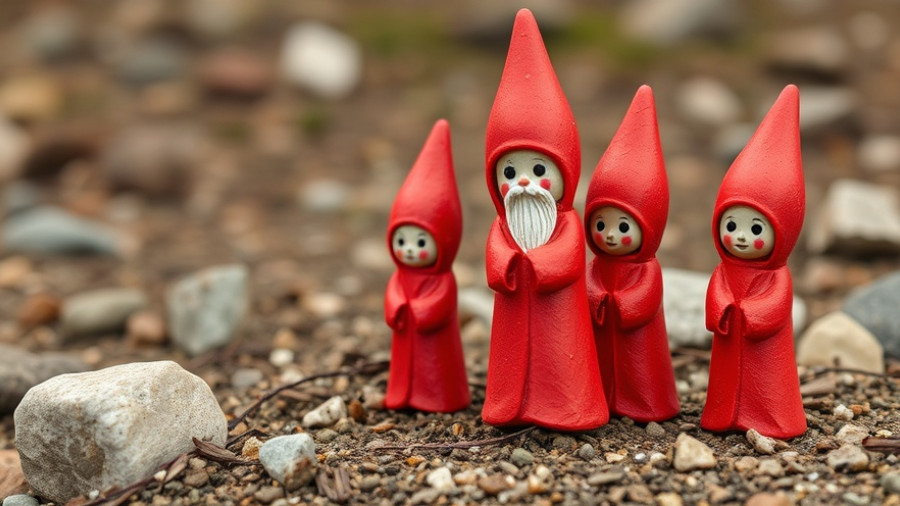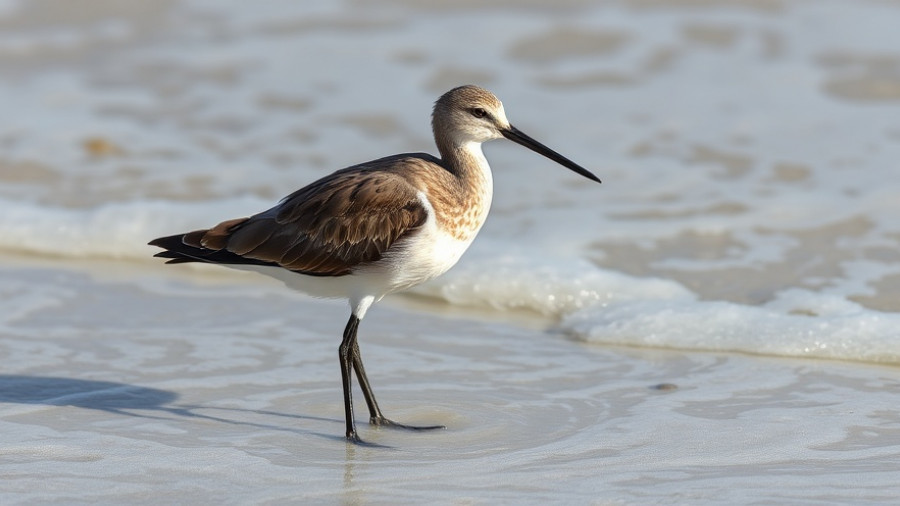
The Black Tern: An Icon of Wetland Ecosystems
The Black Tern (Chlidonias niger) is not just a visually striking bird, with its elegant black plumage and streamlined body; it is also a significant indicator of the health of wetland ecosystems. These birds breed in some of the most isolated wetlands across the northern states and Canada, and their population decline speaks volumes about the state of their habitats. Major disruptions, including wetland loss due to climate change and habitat degradation, have resulted in a staggering 99% decrease in Black Tern numbers since the 1960s, particularly in the Great Lakes region.
Threats Facing the Black Tern: Habitat Loss and Population Decline
As experts from Audubon Great Lakes point out, Black Terns require healthy wetland ecosystems for breeding. Unfortunately, agricultural expansion, invasive plant species, and extreme weather have contributed to rapid habitat loss. Conservation efforts are critical as they directly address these environmental challenges. For example, habitat restoration projects are being implemented in Michigan to combat the loss of nesting sites and to improve breeding conditions for these waterbirds.
These elegant terns are especially vulnerable when they rely on floating vegetation to nest. Changes in water levels can lead to devastating losses of nests, demonstrating their fragile connection to healthy wetland environments. To illustrate, artificial nesting platforms have been proposed in several states, showing promise in enhancing breeding success rates.
Innovative Conservation Strategies Yield Remarkable Results
In recent years, innovative conservation strategies have emerged to halt the decline of the Black Tern population. For instance, the U.S. Fish & Wildlife Service's initiative to conserve breeding habitats in the Prairie Pothole Region has effectively protected nearly 4,000 acres of wetlands. This not only assists in stabilizing wetland water levels but also enhances the nesting success of Black Terns and many other wetland-dependent species.
Community Involvement: The Role of Volunteers and Organizations
The success of these conservation initiatives relies heavily on the commitment of local communities and organizations. Volunteers and wildlife organizations like Audubon conduct surveys to gain insights into Black Tern populations and enhance monitoring efforts. Their work is vital in ensuring we stay connected to the ongoing environmental changes affecting these birds, and their contributions highlight the powerful impact of grassroots involvement in ecological conservation.
Looking Forward: A Bright Future for the Black Tern?
The continuing efforts to restore wetland habitats for the Black Tern breed hope for a brighter future. By understanding the intricate balance between these terns and their ecosystems, conservationists can implement and advocate for effective strategies. Protecting the breeding grounds and ensuring sustainable practices in surrounding areas are paramount. As we move forward, fostering a commitment to wetland conservation will play a critical role in securing the future of the Black Tern and, by extension, the health of diverse ecosystems they symbolize.
 Add Row
Add Row  Add
Add 




Write A Comment